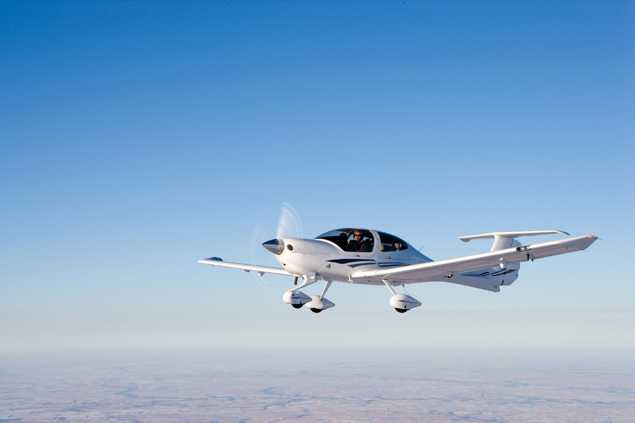Physiology

Pilots must constantly be aware of the physical and mental effects of flight. From gauging the effects of fatigue or high altitude on the body to using oxygen (even when it’s not required), this awareness can make a difference in the safe outcome of a flight. Pilots also must judge their performance as they age, matching the flight operations and type of aircraft with their abilities.
In addition to judging their own fitness for and performance in flight, pilots also must be keenly aware of the mental and physical state of their passengers and know how to calm those who are anxious or fearful.
High Altitude Flying and Hypoxia
From textbooks and stories of — or direct experience with — sessions in FAA-approved altitude chambers, pilots know something about the dangers of hypoxia (insufficient oxygen) at altitude. Specifically, as the blood's oxygen saturation drops with altitude, a series of symptoms — all of them dangerous — can set in.
Fatigue and the Pilot
Fatigue in the aviation world includes a whole constellation (as it’s referred to in medical-speak) of symptoms that boil down to what often ends up as a causal factor in the investigation reports of aircraft accidents, often called pilot error. It’s pretty clear that fatigue plays a role in many accidents, but it’s rarely, if ever, the smoking gun explanation for many aviation accidents. Illness, dehydration and poor diet, high humidity and temperature, disruption of circadian rhythms, and jet lag are just a few of the factors that can conspire against us.
Fear of Flying
Fear of flying is, and always has been, a big issue in general aviation. Many of us know the disappointment and frustration of discovering that a friend or family member is fearful about flying with us in a light airplane. But there is another, darker chapter in the fear-of-flying story that isn't talked about much because it is too embarrassing. Why embarrassing? Because the pilot is the one who is fearful.
Oxygen Use in Aviation
Most pilots don't think too much about using portable oxygen. Sure, everyone knows that you have to use supplemental oxygen if you fly more than 30 minutes at cabin pressure altitudes of 12,500 feet or higher. That at cabin altitudes above 14,000 feet pilots must use oxygen at all times. And that above 15,000 feet each occupant of the aircraft must be provided supplemental oxygen.